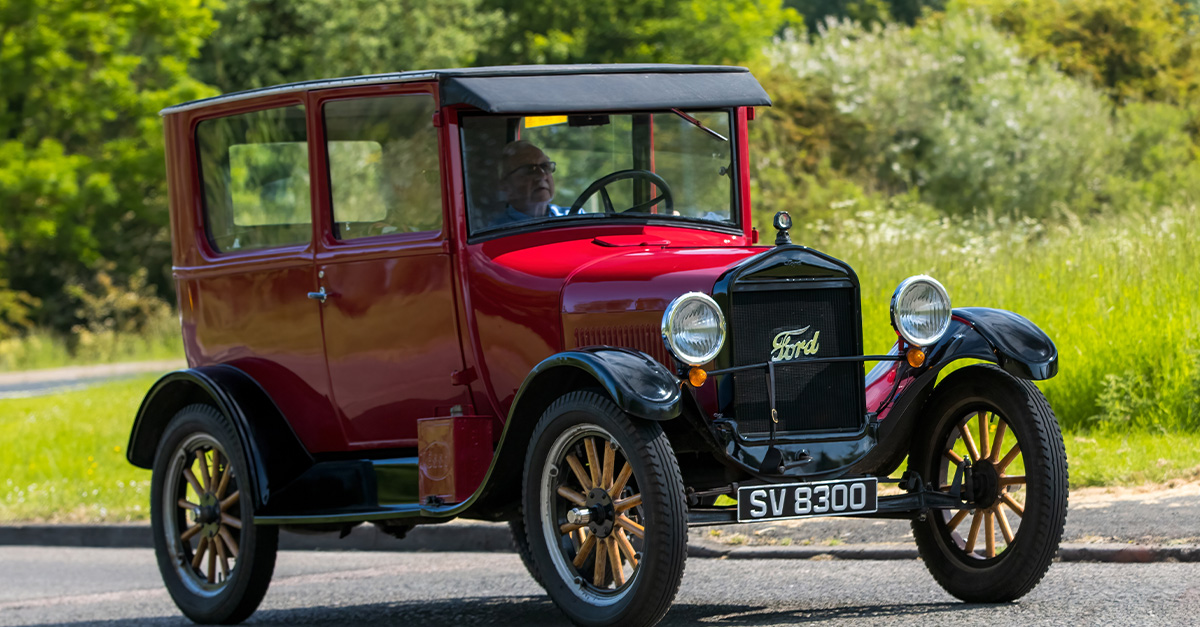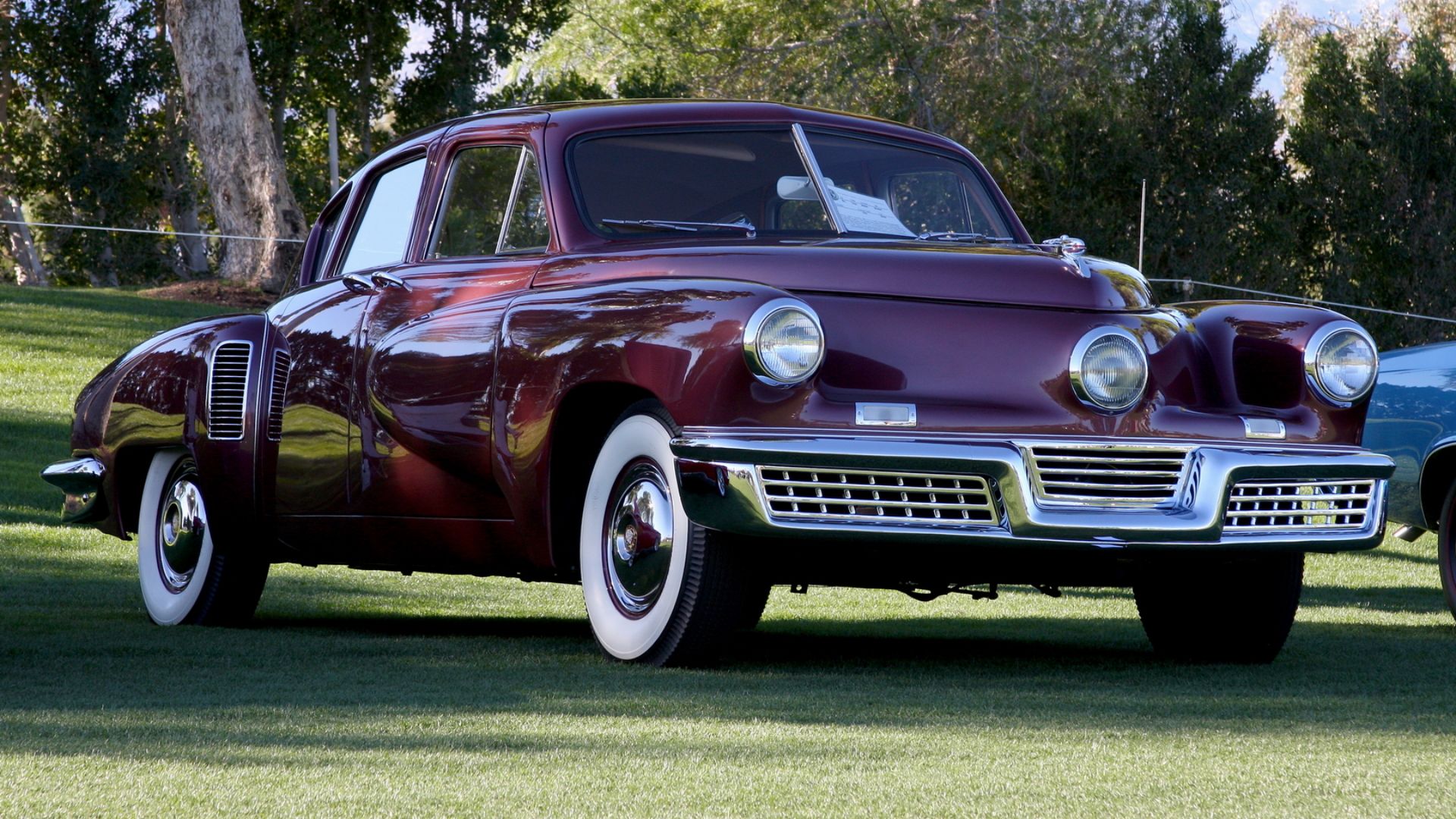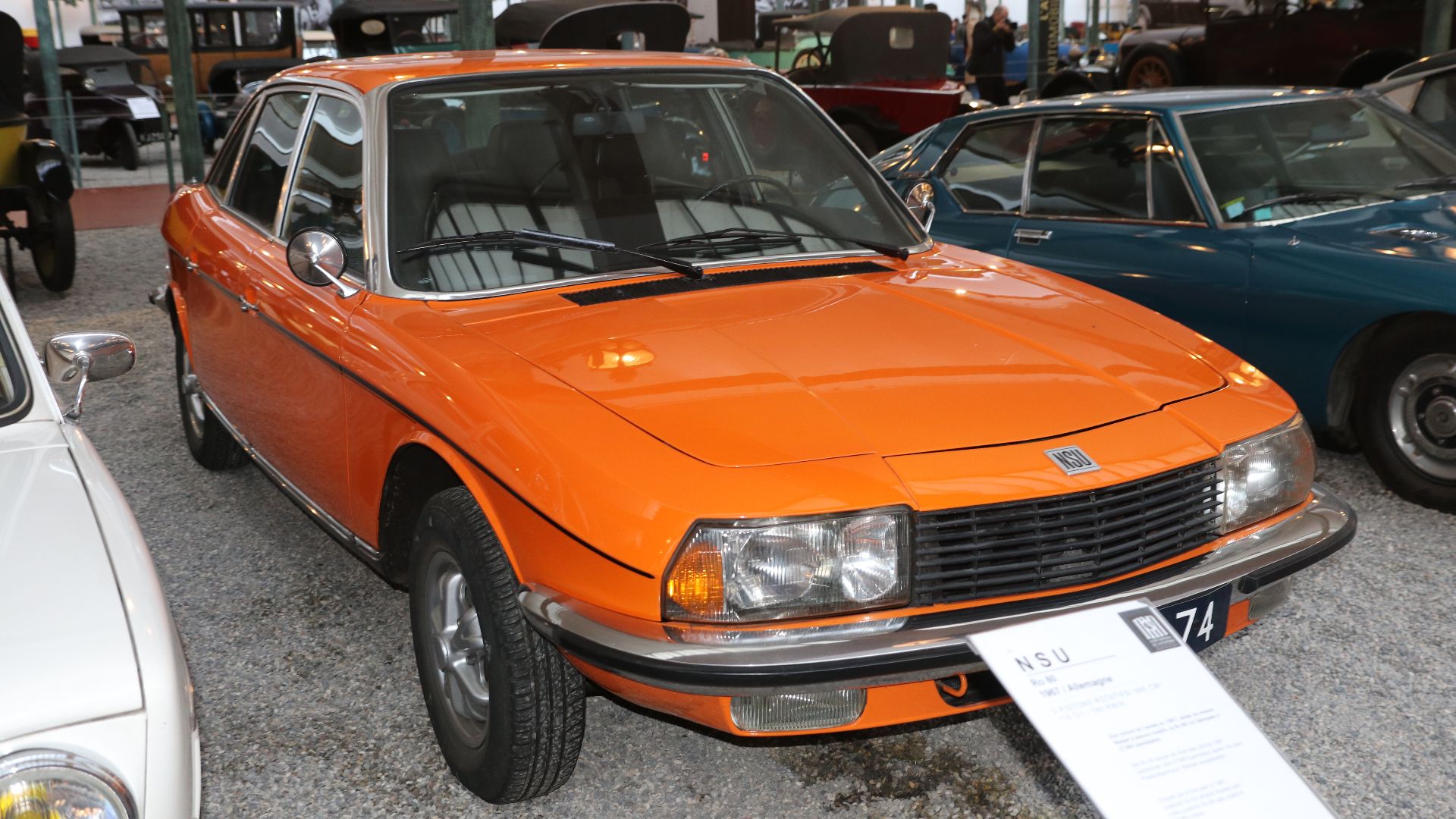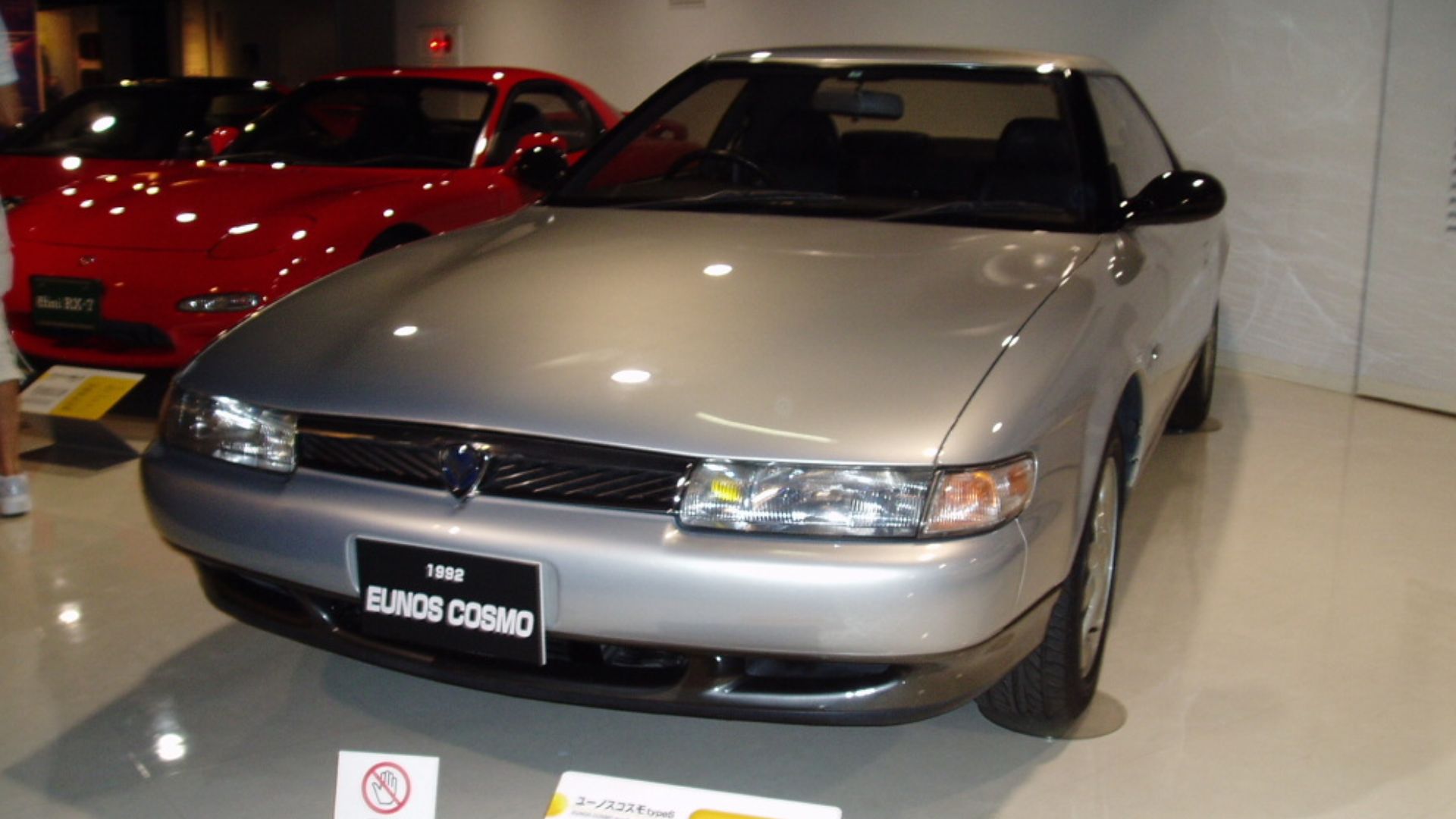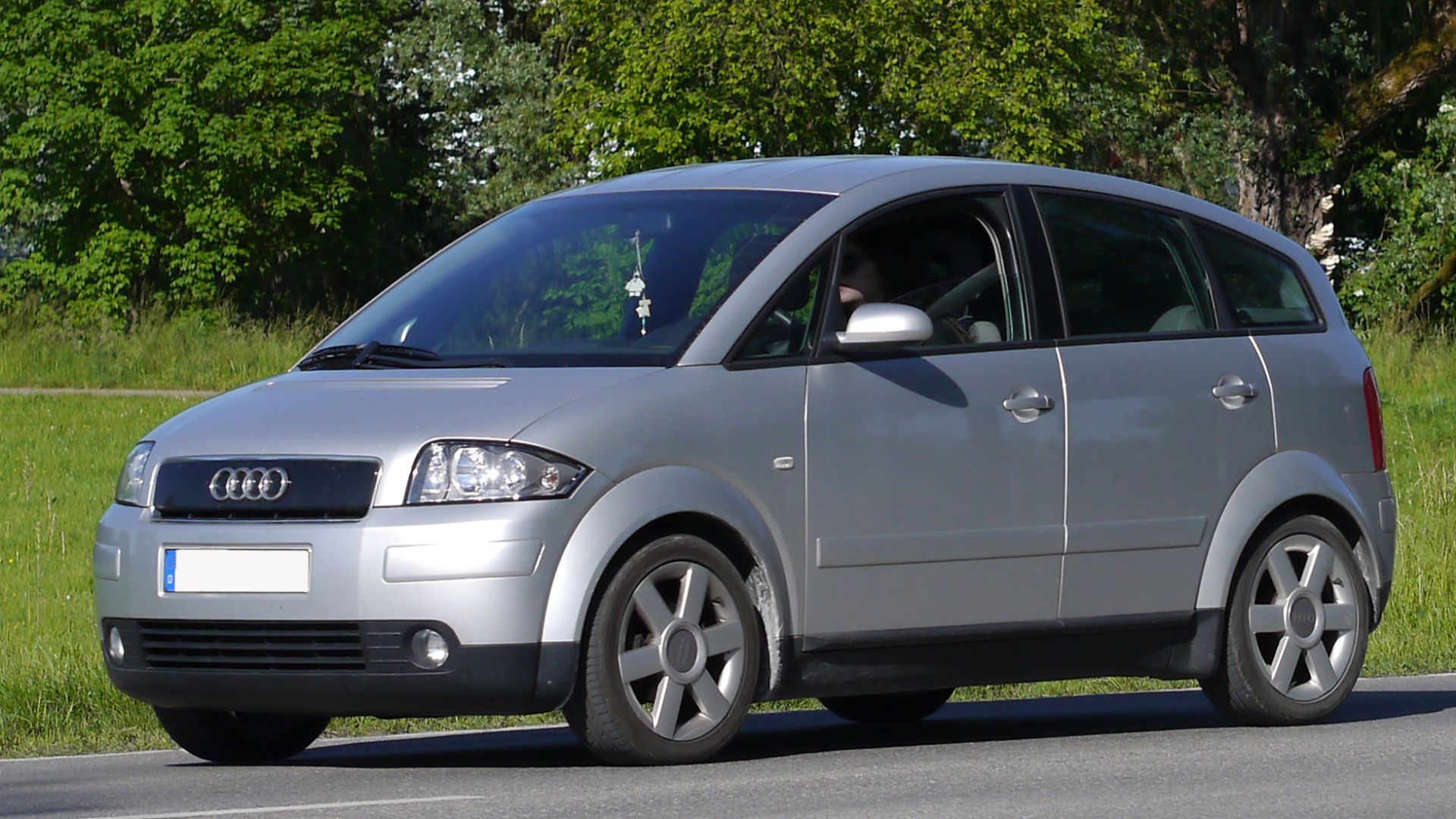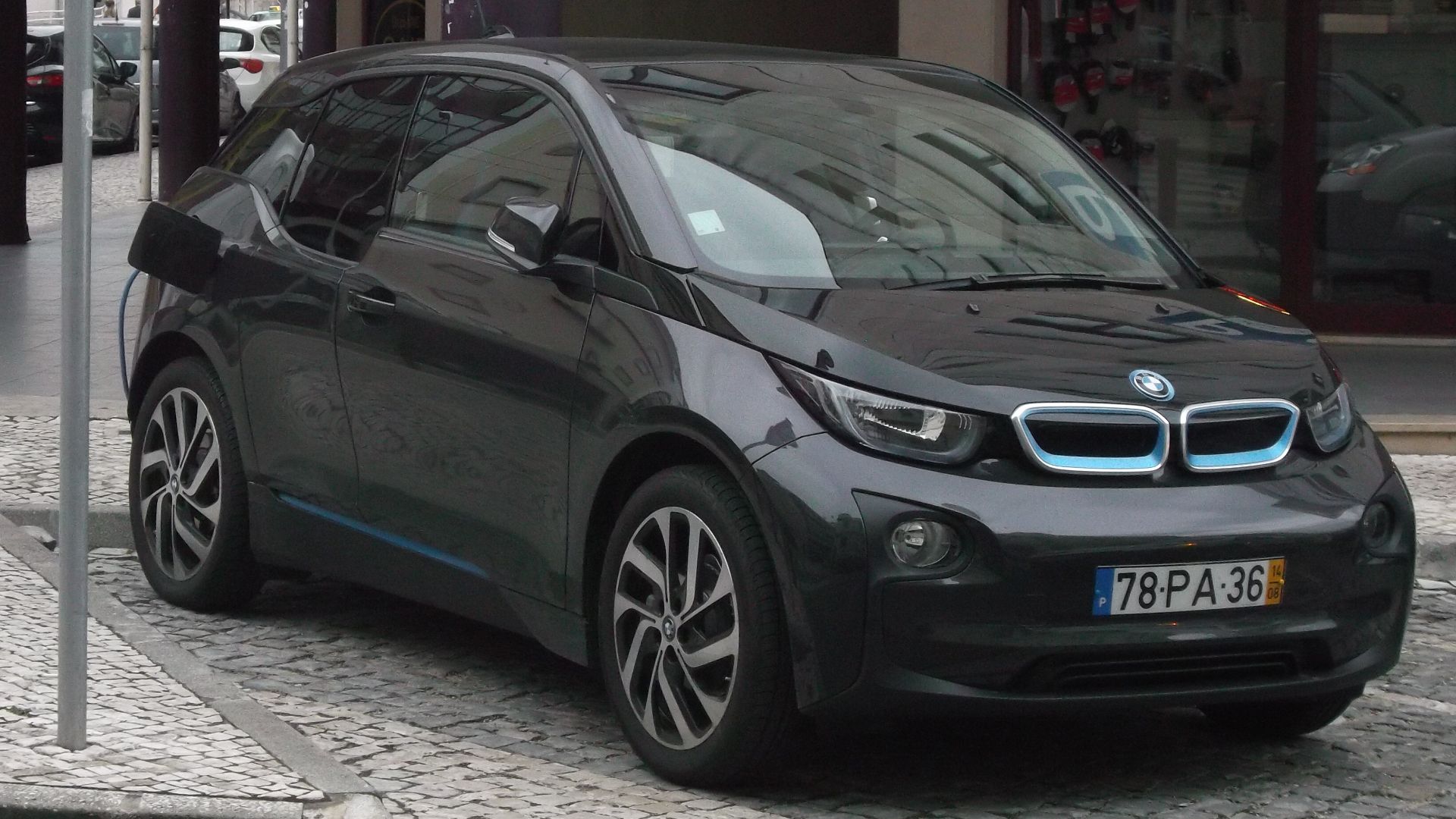These Cars Set Trends, Records & Revolutionized Their Industry
In every era of automotive history, a few daring machines break free from convention. These are the cars that didn’t just compete—they redefined what cars could be. They introduced new technologies, daring designs, and forward-thinking philosophies that were often misunderstood or ahead of market demand. While some faded into obscurity or flopped commercially, their influence echoed across decades of design and engineering.

Chrysler Airflow (1934)
In 1934, Chrysler developed the Airflow, a car designed to be as aerodynamic as possible through wind tunnel testing. It also pioneered unibody construction and improved weight distribution for better handling. Unfortunately, this didn't translate into sales for Chrysler, but the groundwork for aerodynamic cars had been laid.
 Lars-Göran Lindgren Sweden, Wikimedia Commons
Lars-Göran Lindgren Sweden, Wikimedia Commons
Tucker 48 (1948)
Preston Tucker’s ambitious sedan included revolutionary safety features like a shatterproof windshield, a padded dashboard, and a centrally positioned headlight that turned with the wheels. Its rear-engine layout and crash protection design were also radical. Legal troubles killed the project, but not its legacy.
Citroën DS (1955)
When it debuted at the Paris Motor Show, the DS stunned the world. It featured a futuristic design by sculptor Flaminio Bertoni and engineering innovations like hydropneumatic suspension, power-assisted steering, and disc brakes, decades before these became standard elsewhere.
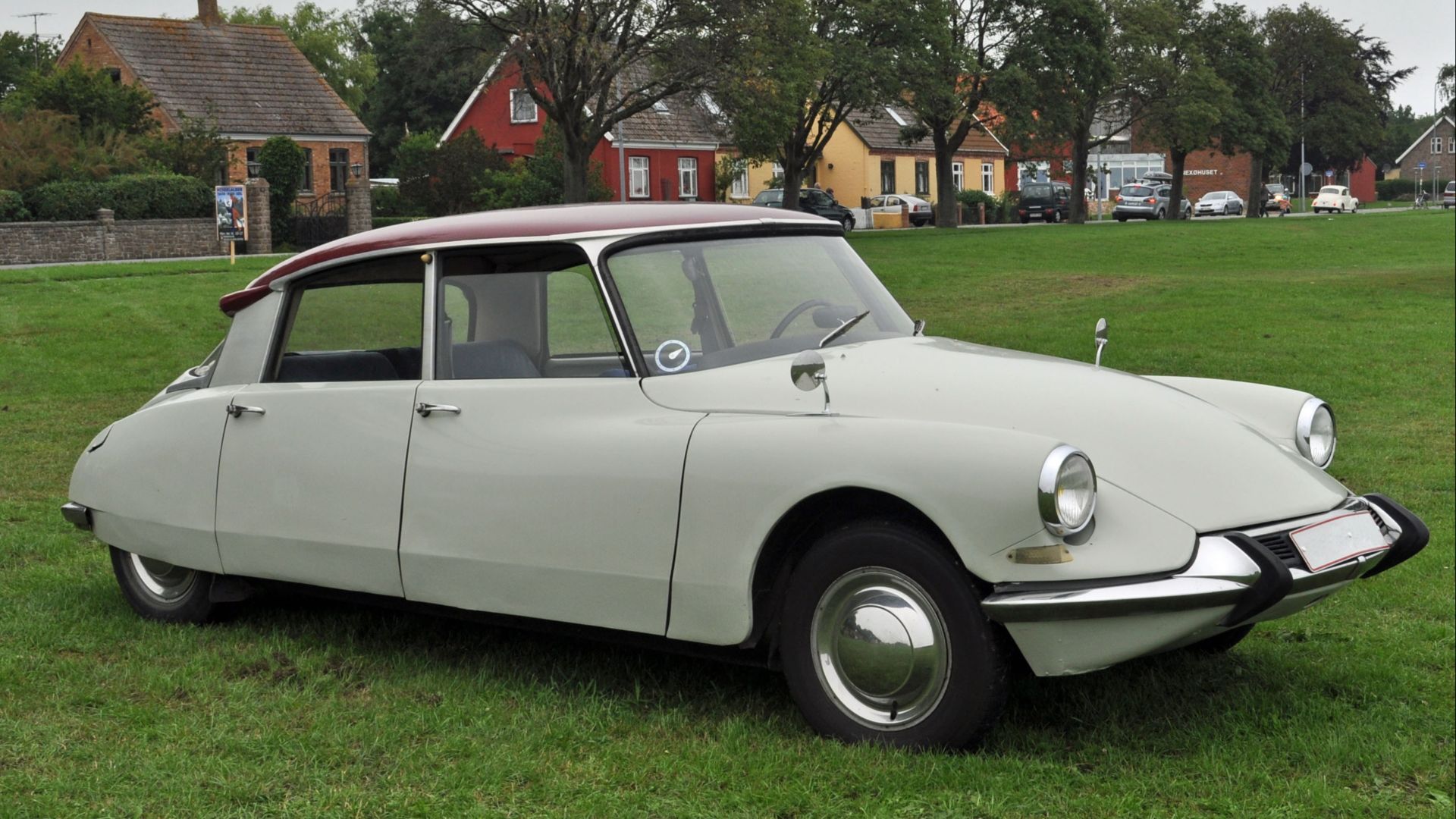 Klugschnacker, Wikimedia Commons
Klugschnacker, Wikimedia Commons
Alfa Romeo Giulia (1962)
One of the great compact cars of the 1960s, the Alfa Romeo Giulia was a trendsetter for Italian sportscars of the 1960s. Powered by a dual-carburettor 1.6L engine that produced 110HP and had a top speed of 106MPH. It also included a carbon fiber driveshaft that made it a beauty to handle.
Jensen FF (1966)
Long before AWD became standard in sports cars and sedans, the Jensen FF introduced full-time all-wheel drive and an early version of ABS brakes. Based on the Interceptor but with far more tech under the hood, it was a precursor to modern performance systems.
NSU Ro80 (1967)
Powered by a Wankel rotary engine and fitted with a semi-automatic transmission, the Ro80 combined innovative mechanics with a low-drag design and advanced safety features. Although plagued by engine reliability issues, it won Europe’s Car of the Year and remains a symbol of brave engineering.
Range Rover (1970)
Blending off-road capability with refined on-road manners, the first Range Rover created the luxury SUV segment long before it was fashionable. With its coil spring suspension and full-time 4WD, it brought comfort and utility together like no vehicle before.
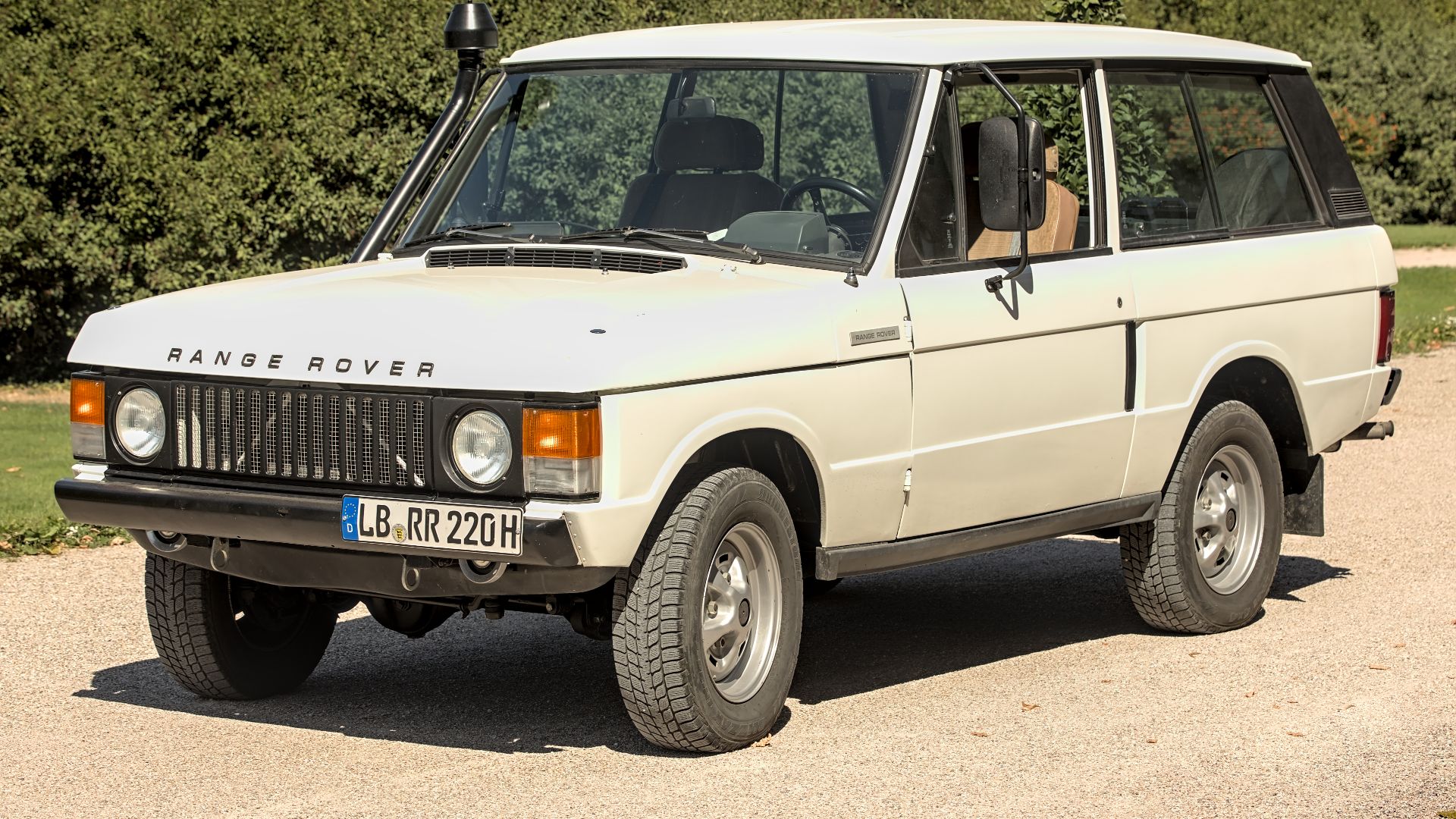 Alexander Migl, Wikimedia Commons
Alexander Migl, Wikimedia Commons
Citroën SM (1973)
The SM married French suspension brilliance with Maserati performance. Its features included self-leveling headlights, power-assisted variable steering, and hydropneumatic suspension that adapted to road conditions. It was quirky, complex, and sensationally advanced.
 Lothar Spurzem, Wikimedia Commons
Lothar Spurzem, Wikimedia Commons
DeLorean DMC-12 (1981)
While remembered for Back to the Future, the DMC-12’s stainless-steel body, gullwing doors, and Giorgetto Giugiaro design made it iconic even without the time machine. Its looks outpaced its performance, but few cars were as instantly recognizable.
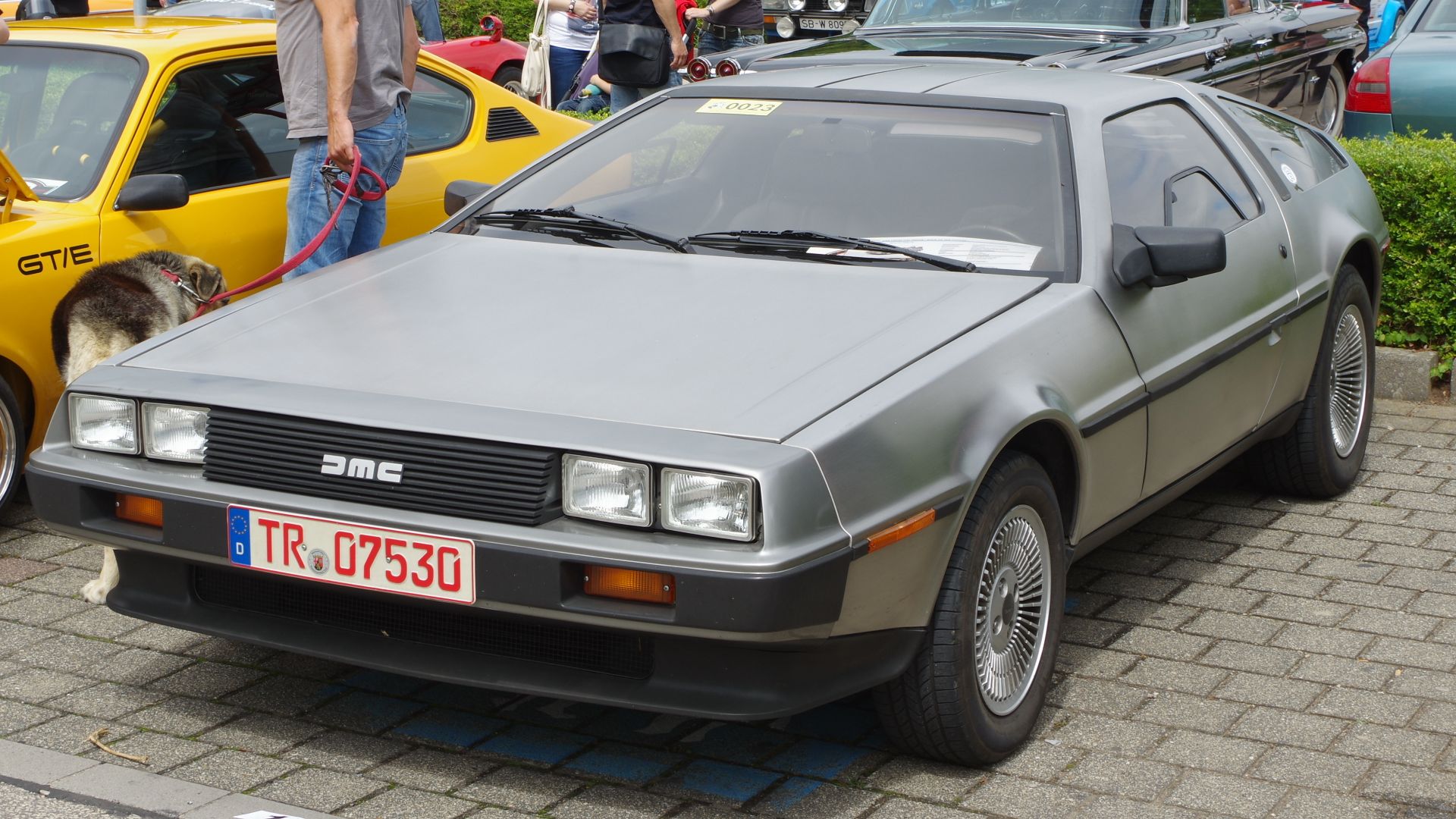 Berthold Werner, Wikimedia Commons
Berthold Werner, Wikimedia Commons
Buick Riviera With Graphic Control Center (1986)
This American luxury coupe was the first production car to feature a touchscreen interface. The Graphic Control Center operated the climate, radio, and trip data, setting a precedent that wouldn’t be followed for decades in mainstream cars.
Nissan BE-1 (1987)
A precursor to modern retro cars, the BE-1 was a design-led experiment that previewed a wave of nostalgic styling. Its rounded, friendly shape and custom colors gave it the charm and character later seen in the Mini Cooper and Fiat 500.
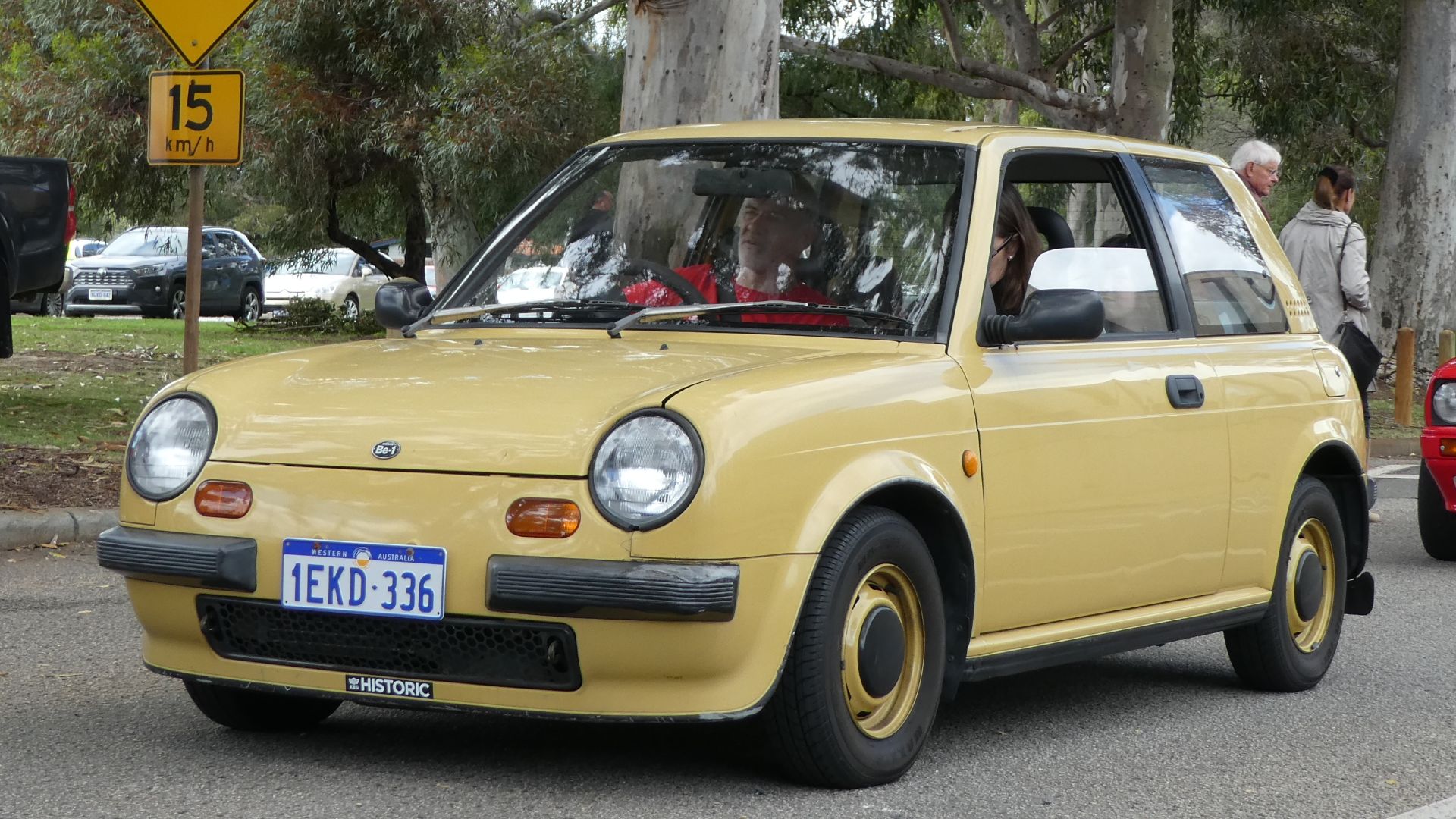 ZidaneHartono, Wikimedia Commons
ZidaneHartono, Wikimedia Commons
Mazda Eunos Cosmo (1989)
Exclusive to Japan, the Cosmo offered a triple-rotor rotary engine, a touchscreen infotainment system, and GPS navigation years before luxury brands adopted them. It was as technologically rich as any concept car—except it was real.
Honda NSX (1990)
The NSX delivered exotic performance with Honda reliability. With input from Ayrton Senna, it brought aluminum construction, VTEC engine tech, and exceptional balance to the supercar segment, changing how performance cars were built.
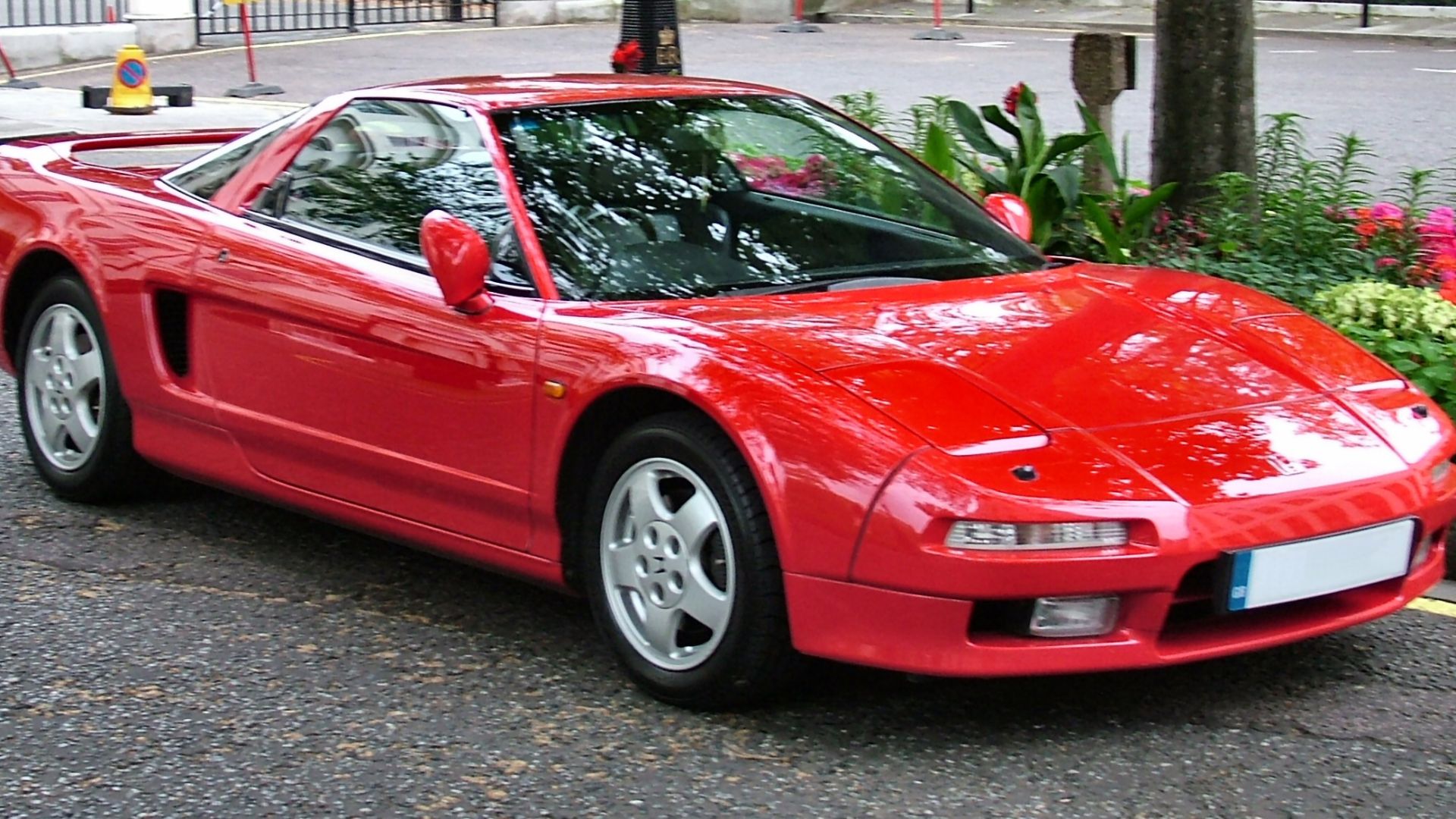 ed g2s • talk, Wikimedia Commons
ed g2s • talk, Wikimedia Commons
GM EV1 (1992 Concept/1996 Production)
As one of the first purpose-built electric vehicles from a major automaker, the EV1 boasted regenerative braking and a remarkably aerodynamic design. Despite its potential, GM pulled the plug, and most cars were destroyed—making it a legend in EV history.
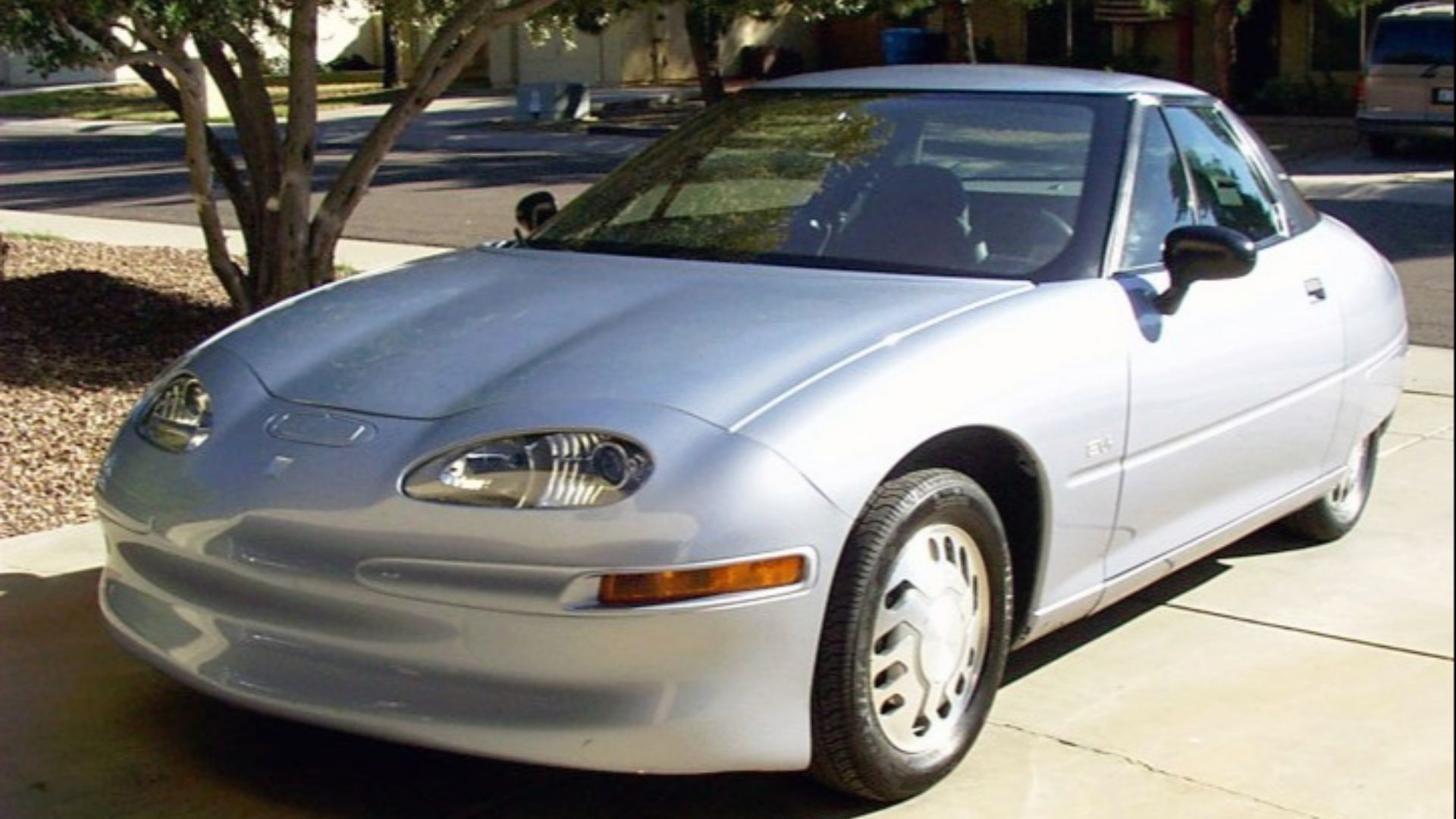 RightBrainPhotography (Rick Rowen), Wikimedia Commons
RightBrainPhotography (Rick Rowen), Wikimedia Commons
Renault Scenic (1996)
The Scenic created the compact MPV (multi-purpose vehicle) category, combining car-like driving with van-like utility. Modular seating, compact dimensions, and a family-first layout made it a massive European success and a trendsetter in practical design.
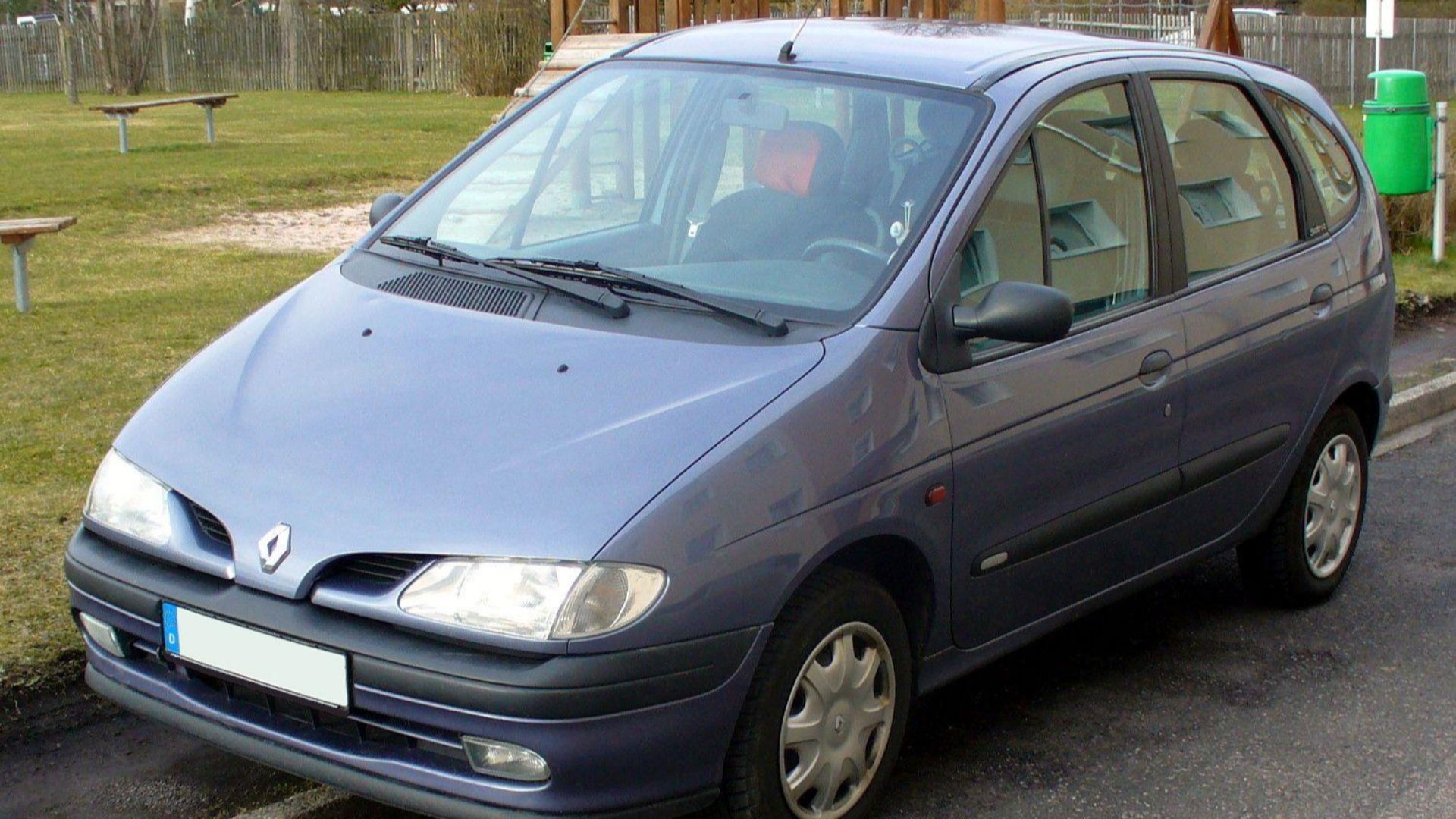 Thomas doerfer, Wikimedia Commons
Thomas doerfer, Wikimedia Commons
Audi A2 (1999)
The A2’s lightweight aluminum spaceframe and hyper-efficient diesel engine allowed it to achieve over 80 mpg. It had advanced aerodynamics and a clean, futuristic design. A commercial misfire, it’s now a cult classic and admired for its engineering purity.
BMW 7 Series (E65, 2001)
Though polarizing in style, this 7 Series introduced iDrive—a centralized digital control system that would influence virtually every modern car dashboard. It also debuted active roll stabilization and advanced transmission control systems that became industry standards.
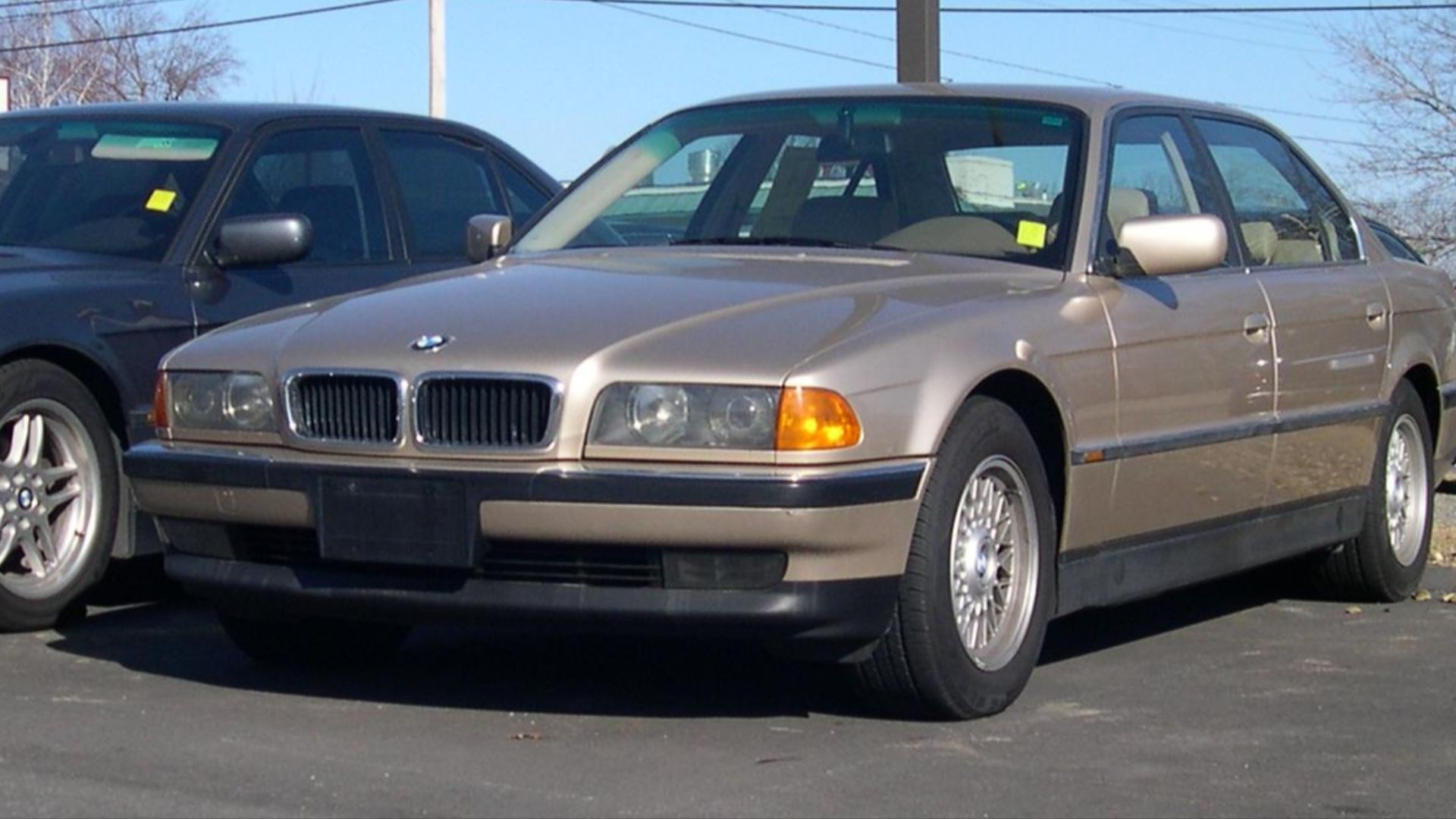 Sfoskett~commonswiki, Wikimedia Commons
Sfoskett~commonswiki, Wikimedia Commons
Toyota Prius (2003, Second Generation)
While the first Prius laid the foundation, the second generation perfected the hybrid formula. Its distinctive wedge shape, ultra-low emissions, and seamless hybrid system helped it become a symbol of eco-conscious driving.
Tesla Roadster (2008)
Tesla’s first car proved that electric vehicles could be exciting. With 0–60 mph in under 4 seconds and a 200-mile range, it silenced skeptics and laid the groundwork for a global EV shift. It was the spark that electrified the auto industry.
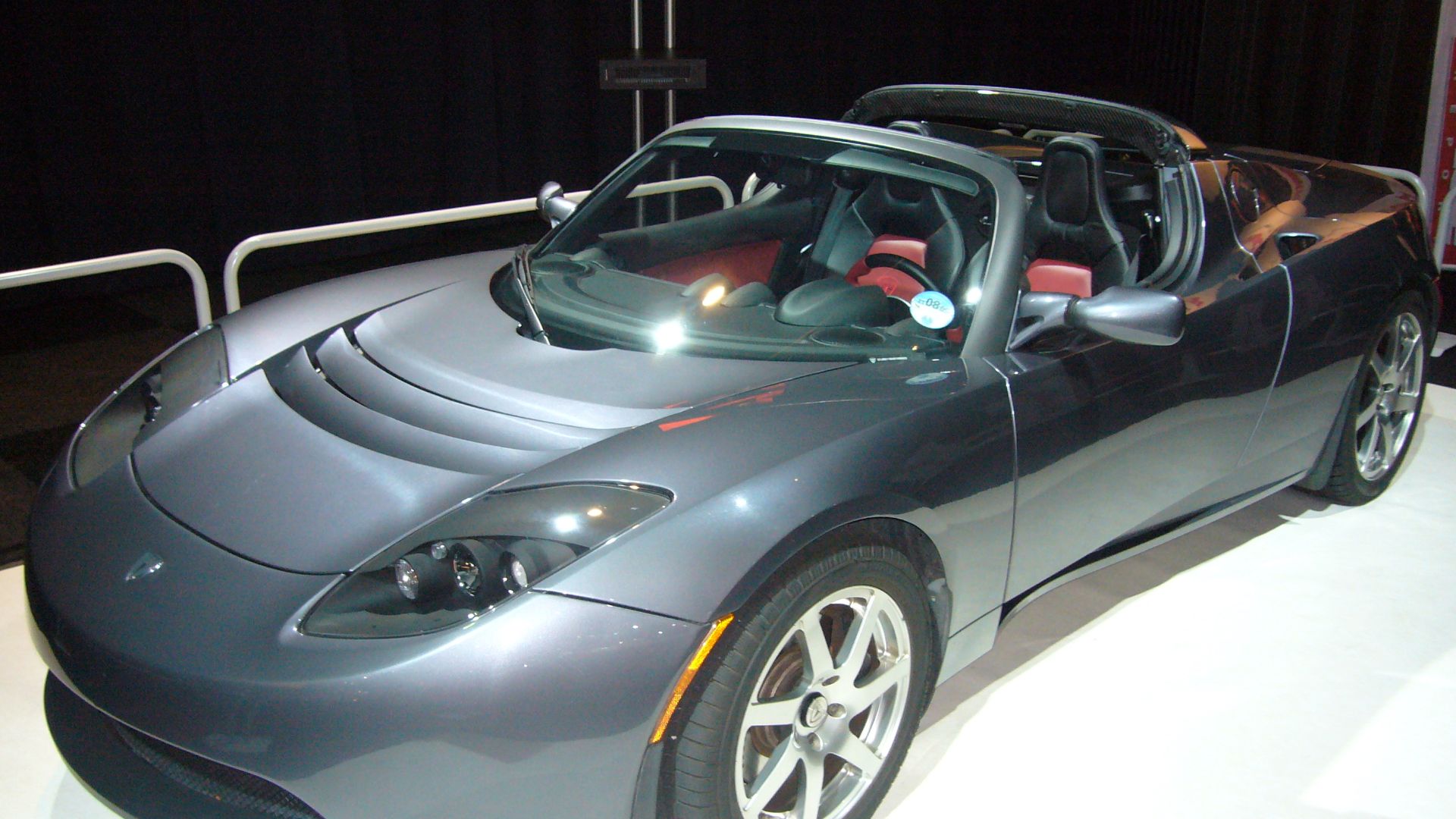 Rutger van der Maar, Wikimedia Commons
Rutger van der Maar, Wikimedia Commons
BMW i3 (2014)
The i3 was a radical rethink of the city car. Made with carbon-fiber reinforced plastic, it featured sustainable materials throughout the cabin, rear-hinged doors, and an electric drivetrain. Its avant-garde approach made it one of the boldest EVs of the decade.
Which Of These Revolutionary Cars Have You Owned?
Have you owned one of these revolutionary cars? What did you think of it? Let us know your experience in the comments below. Which of our forward-thinking autos would you have today?
You May Also Like:
Tom Cruise's Car Collection Proves He's The Real Action Star
The Most Overrated Cars Today, According To Car Enthusiasts

